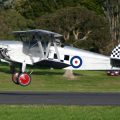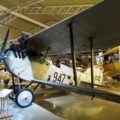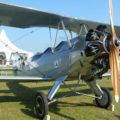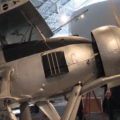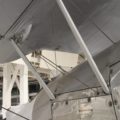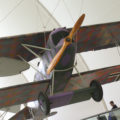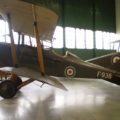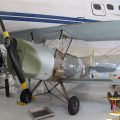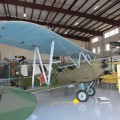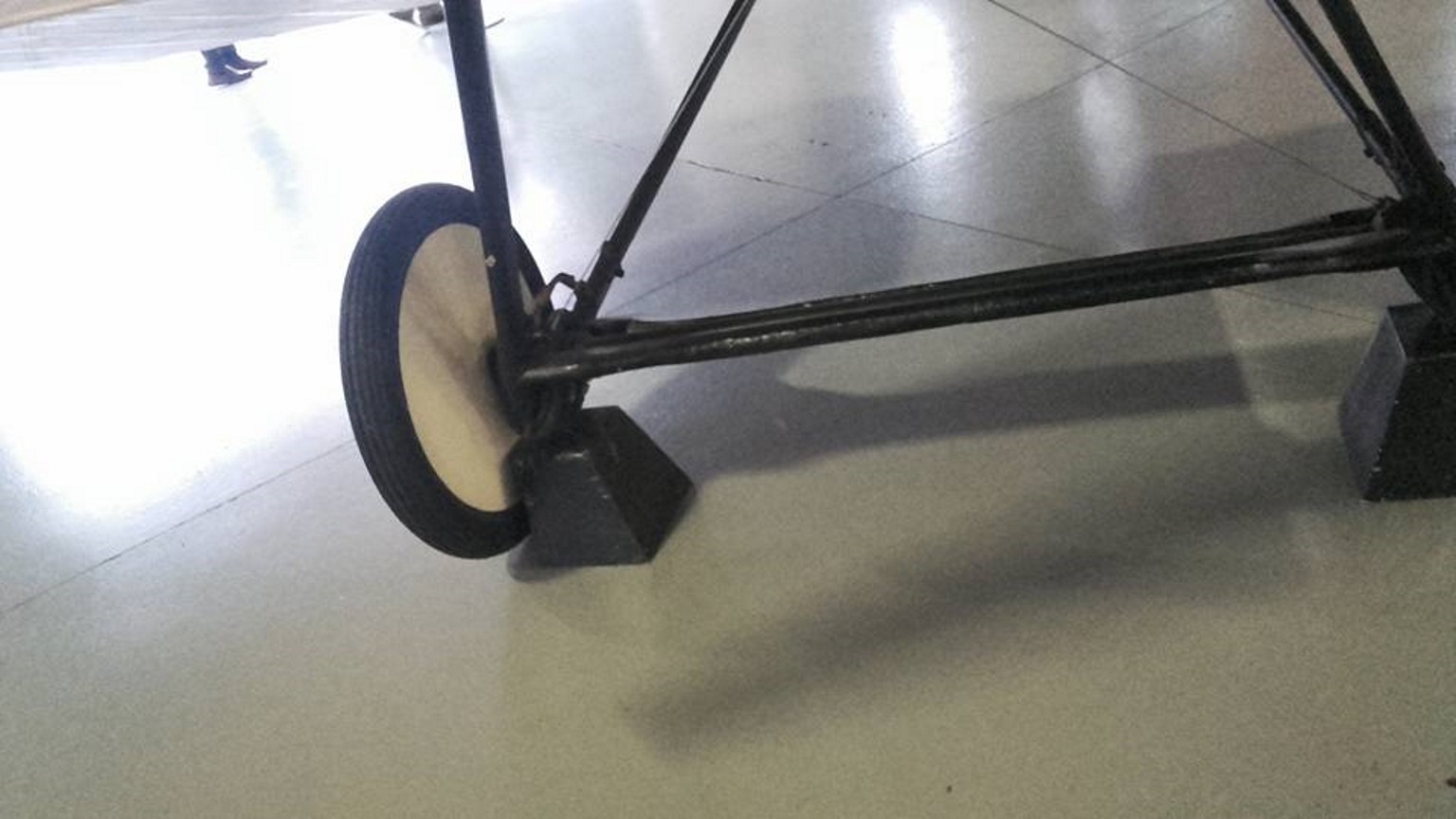
Ansaldo SVA | |
|---|---|
| País | Italia |
| Tipo | Avión biplano de reconocimiento |
| Fotógrafo | Tiberio Riva |
| Descripción | Álbum de 140 fotos de un «Ansaldo SVA» |
Galería de fotos de un Ansaldo SVA, The Ansaldo SVA (named for Savoia-Verduzio-Ansaldo) was a family of Italian reconnaissance biplane aircraft of World War I and the decade after. Originally conceived as a fighter, the SVA was found inadequate for that role. Nevertheless, its impressive speed, range and operational ceiling, with its top speed making it one of the fastest (if not the fastest) of all Allied combat aircraft in World War I, gave it the right properties to be an excellent reconnaissance aircraft and even light bomber. Production of the aircraft continued well after the war, with the final examples delivered in 1918. Two minor variants were produced, one with reconnaissance cameras, the other without cameras but extra fuel tanks.
Fuente: Ansaldo SVA en Wiki
Kits relacionados:
Encuentra kits en eBay:
The Ansaldo SVA was a series of Italian biplane reconnaissance aircraft designed and built by the Ansaldo company. The SVA was developed from the earlier Ansaldo S.V.2 model, which had proved to be unsatisfactory in combat. The SVA featured a more powerful engine, a streamlined fuselage, and improved aerodynamics. The SVA was used by the Italian Air Force and the Royal Naval Air Service during World War I, as well as by several other countries after the war. The SVA was renowned for its speed, maneuverability, and reliability, and was considered one of the best reconnaissance aircraft of its time. The SVA was also used for bombing, escorting, and aerial photography missions. Some notable achievements of the SVA include the first aerial crossing of the Alps in 1917, the first flight from Rome to Tokyo in 1920, and the first flight over Mount Everest in 1924.

Vistas : 3614
